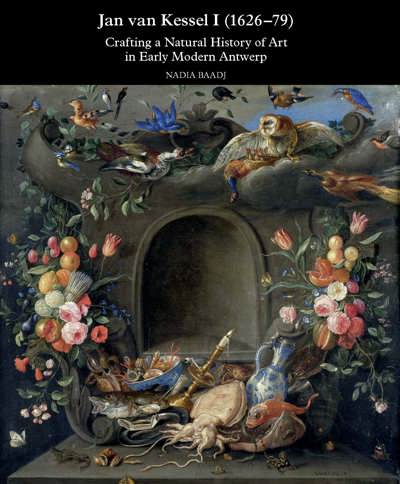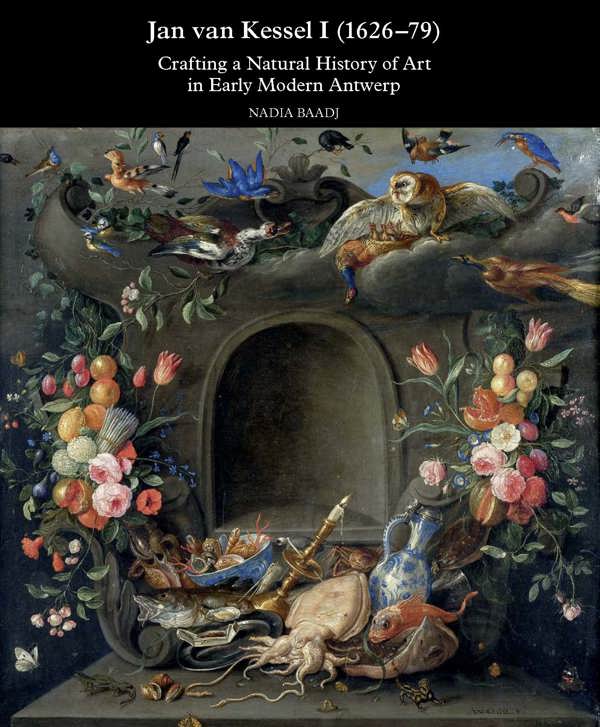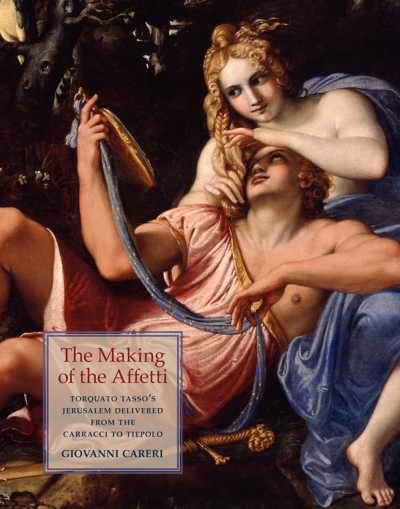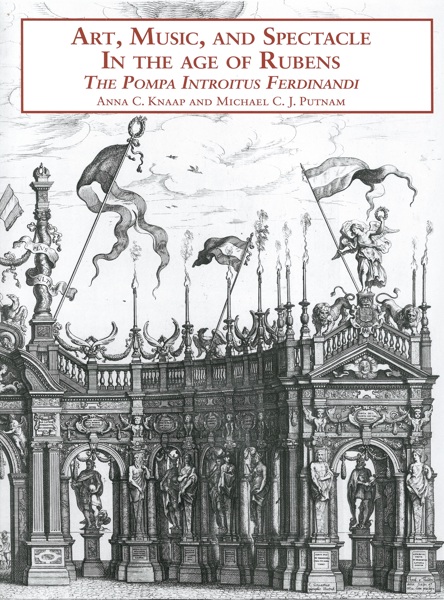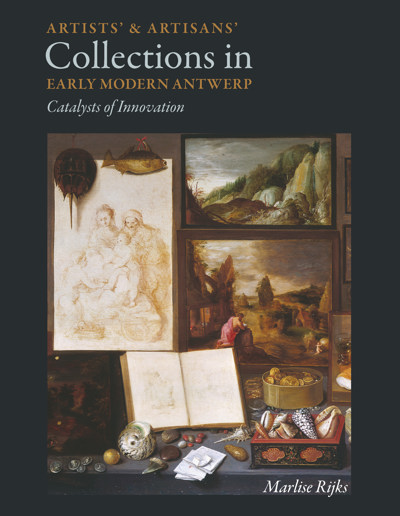
Jan van Kessel I (1626-1679): Crafting a Natural History of Art in Early Modern Antwerp
Nadia Baadj
- Pages: 208 p.
- Size:220 x 280 mm
- Illustrations:50 b/w, 52 col.
- Language(s):English, Dutch
- Publication Year:2016
- € 140,00 EXCL. VAT RETAIL PRICE
- ISBN: 978-1-909400-23-8
- Hardback
- Available
The curious art of Jan van Kessel provides an intriguing lens through which to explore the intersections between craft practices, collecting, and the pursuit of natural knowledge in early modern Antwerp.
“(…) well written and illustrated (…)” (Thea Vignau-Wilberg, in Historians of Netherlandish Art Reviews, March 2018)
Nadia Baadj is a Post-Doctoral Researcher at the Institute for Art History at the Universität Bern. Her research focuses on intersections between art and science as well as artists' materials and techniques in the early modern period, with a particular focus on Northern Europe. She has published in The Art Bulletin, Nederlands Kunsthistorisch Jaarboek, and the Boletín del Museo del Prado. She has also contributed to exhibitions of Dutch and Flemish art at the Rijksmuseum, Frans Hals Museum, Clark Art Institute, and Ringling Museum of Art.
The Antwerp artist Jan van Kessel the Elder (1626-1679) was esteemed throughout Europe for producing finely-wrought, miniature paintings on copper that depict a wide range of flora and fauna, exotic landscapes, and objects of natural artistry (e.g. shells, coral, precious stones). The ‘natural’ world presented in Van Kessel’s art was not a transparent window onto nature, however, but instead was ambitiously crafted through the artist's reappropriation of Antwerp's artistic traditions, material culture, and artisanal knowledge practices. Through a combination of wit, technical virtuosity, self-referentiality, and allusions to local art-historical lineage, Van Kessel’s paintings encourage viewers to simultaneously think about art, in terms of collecting, connoisseurship, citation, and media, and think anew about nature.
This study uses Van Kessel’s art as a distinctive lens through which to examine the relationship between craft, curiosity, and the pursuit of natural knowledge in the early modern period. Each chapter situates Van Kessel within a particular context where art and natural history intersected in late seventeenth-century Antwerp. Taken together, these investigations reveal how his production responded to a unique convergence of circumstances in that city which included the growth of a popular, commercial strand of natural history, a thriving culture of art collecting and connoisseurship focused on local artists, and a burgeoning luxury industry. Van Kessel’s material and conceptual interventions into the representation of nature, such as his innovative, painted “cabinets without drawers” and witty signatures formed from insects and snakes, enabled him to redefine the scope of natural historical illustration and negotiate the value and status of the small-format cabinet picture.
